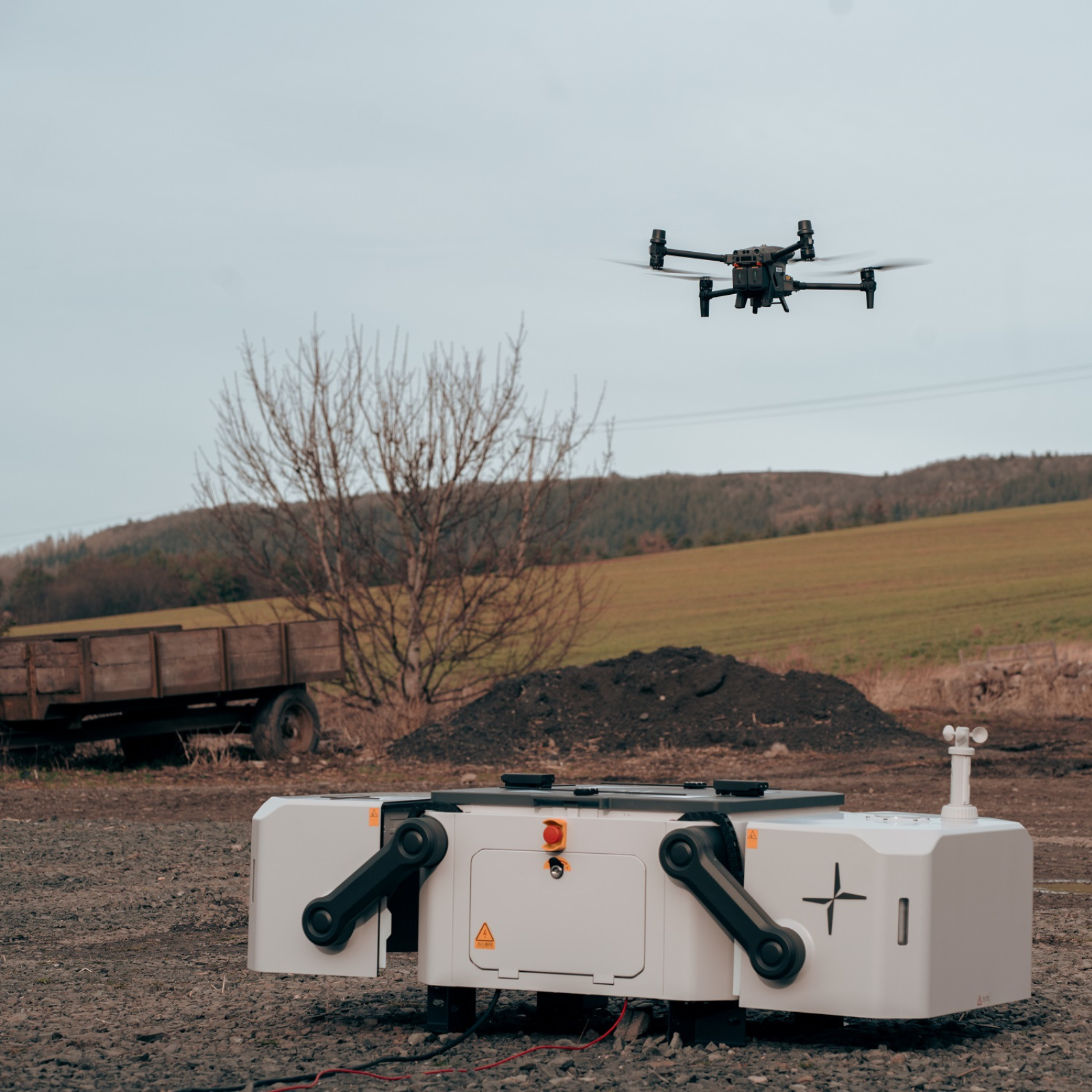
Case Studies
Drone In A Box For Agriculture
A drone in a box, like the DJI Dock, can benefit the agriculture sector. Conduct automated flights to collect real-time, on-demand data for crop monitoring, disease control, irrigation management, and security. A precision agriculture workf ... Read More
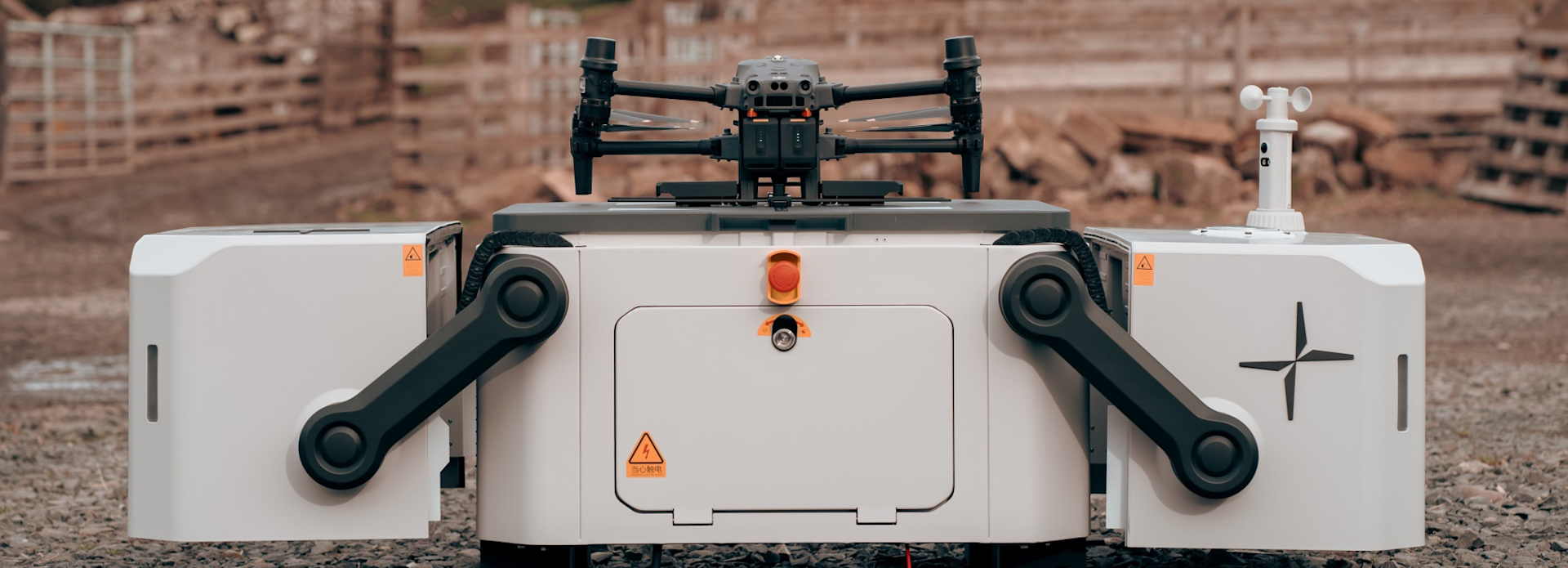
A drone in a box, like the DJI Dock, offers multiple benefits for the agriculture industry;
Conduct pre-progammed, automated flights; collect real-time and repeatable data on-demand; and benefit from remote monitoring;
Use a drone in a box for crop monitoring, pest and disease control, irrigation management, and security;
This precision agriculture workflow facilitates more productive, sustainable, efficient, and profitable agricultural practices;
The DJI Dock offers cloud management; a fast charging and weather-proof solution for increased operational windows; and versatile data capture via the DJI M30 Series drone (Dock Version).
Drones are becoming increasingly popular in agriculture, thanks to their ability to capture aerial images and data that can help farmers make more informed decisions about their crops.
But the evolving drone-in-a-box concept, such as the release of the DJI Dock, has the potential to provide further benefits to the agriculture sector.
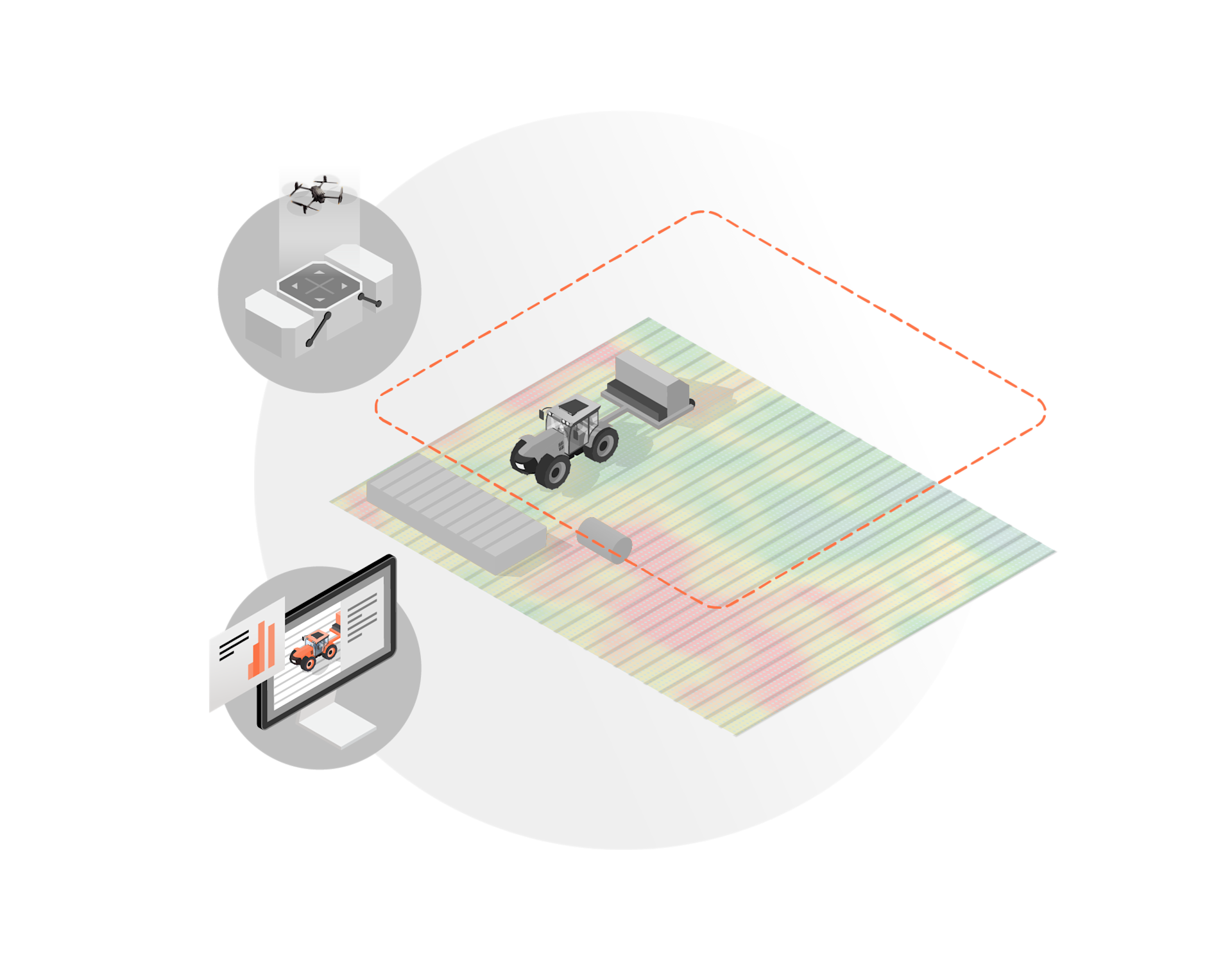
These benefits include:
Real-time Updates: Permanently located on site, a drone in a box can be deployed on-demand and obtains real-time insights, providing up-to-date field data for efficient decision-making and early detection of issues, such as disease.
Automated Flights: Pre-programme flights to conduct scheduled missions and collect repeatable data to increase accuracy and track and monitor field changes over time.
Unlimited Deployment Window: Operate round-the-clock and deploy without the requirement of staff being on site.
Virtual Analysis: Immediately share and centralise data feeds for remote monitoring and cloud-based visualisation.
Efficient: Drones can cover large areas quickly - ideal for collecting data over vast agricultural sites.
This precision agriculture workflow leads to more productive, sustainable, and efficient agricultural practices, helping to improve yields, streamline crop management, reduce waste and costs, and increase profitability and outputs.
In this blog, we'll explore the benefits of using a drone in a box for agriculture.
We'll also focus on how the DJI Dock - with its remote monitoring capabilities and versatile drone payload - can specifically benefit this sector.
What Is A Drone In A Box?
A drone in a box facilitates automated drone deployment.
It is housed in a protective box which provides shelter for the drone when it is not operational and can also serve as a launching/landing pad and a charging hub.
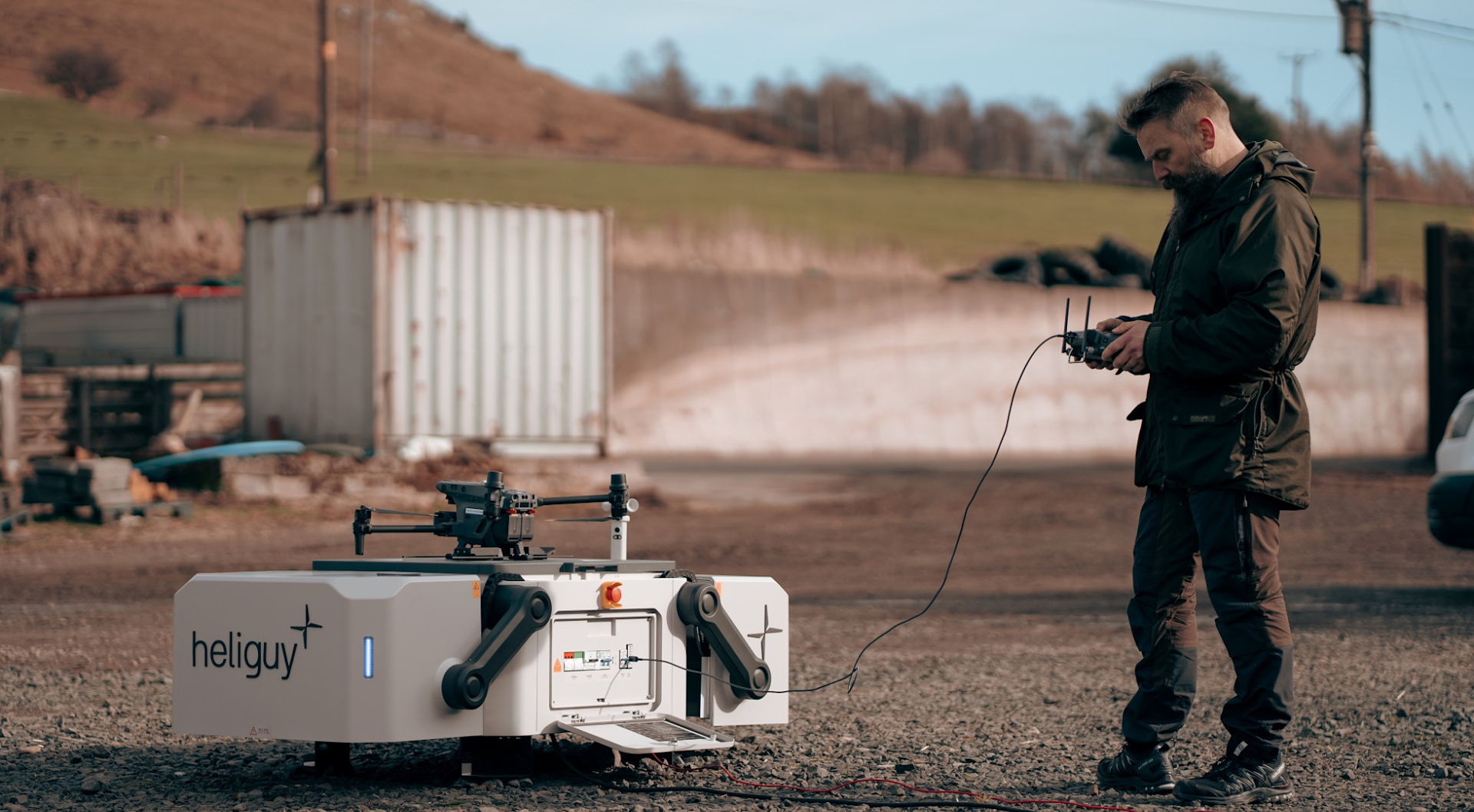
The drone in a box is programmed to conduct automated flights: Taking off, flying a predetermined route, and returning to its box, without the need for a pilot.
The DJI Dock is engineered to operate 24/7. Each DJI Dock houses a Matrice 30 (Dock Version) where it lands, recharges, takes off, and executes missions programmed remotely in cloud-based software, such as DJI FlightHub 2. We'll discuss the DJI Dock in more detail later in this article.
How A Drone In A Box Can Benefit Agriculture
Traditional farming practices can be time-consuming, expensive, and labour-intensive.
A drone in a box, like the DJI Dock, changes this dramatically.
Increased Efficiency
Autonomous, and permanently-sited on-location: A drone in a box is ready to deploy on-demand.
A drone in a box can be programmed to fly on a predetermined schedule and monitor crops, providing real-time data on crop health, growth, and potential problems.

This automation can help reduce labour costs and increase efficiency.
Time-savings are also gained from the fact that a drone can cover areas of farmland significantly quicker than alternative methods, such as traditional field walking.
Automated Flights And Repeatable Data
Farmers can programme a drone in a box to fly at specific times, such as during sunrise or sunset, to capture images of the crops in optimal lighting conditions.
The drone in a box can be programmed to fly on a daily, weekly, or monthly schedule, ensuring that farmers have up-to-date data on their crops.
Automating missions and setting pre-programmed flight paths helps farmers collect more consistent and reliable data.
Agriculture professionals can compare this information over time: Useful for identifying patterns or changes in their crops. This data helps to drive decision-making and enables farmers to evaluate the effectiveness of their crop management practises and target specific parts of their fields in a certain way.
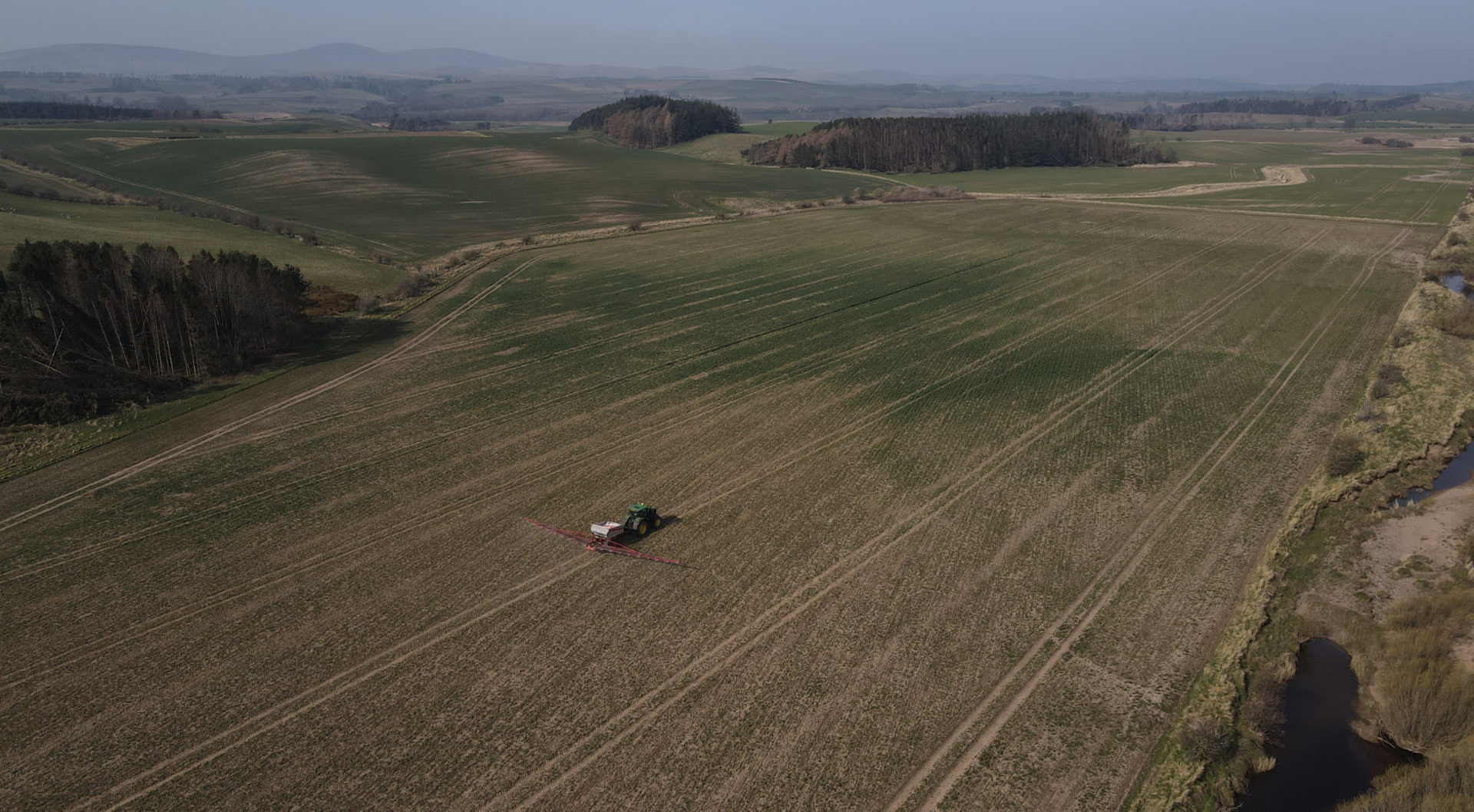
Operational Flexibility
A drone in a box can be deployed to conduct scheduled data collection or to gather spontaneous, on-demand insights.
A remote monitoring ecosystem is unbound by the availability of pilots or employees, and can be controlled remotely through cloud-based management.
Real-time Data Collection
A drone in a box enables data to be collected and analysed in real-time.
This provides farmers with immediate, up-to-date information on their crops, livestock, and other farm assets, helping them make informed decisions and respond quickly to changing conditions, spot issues early, and take action to address any problems that do arise - including disease or water stress.
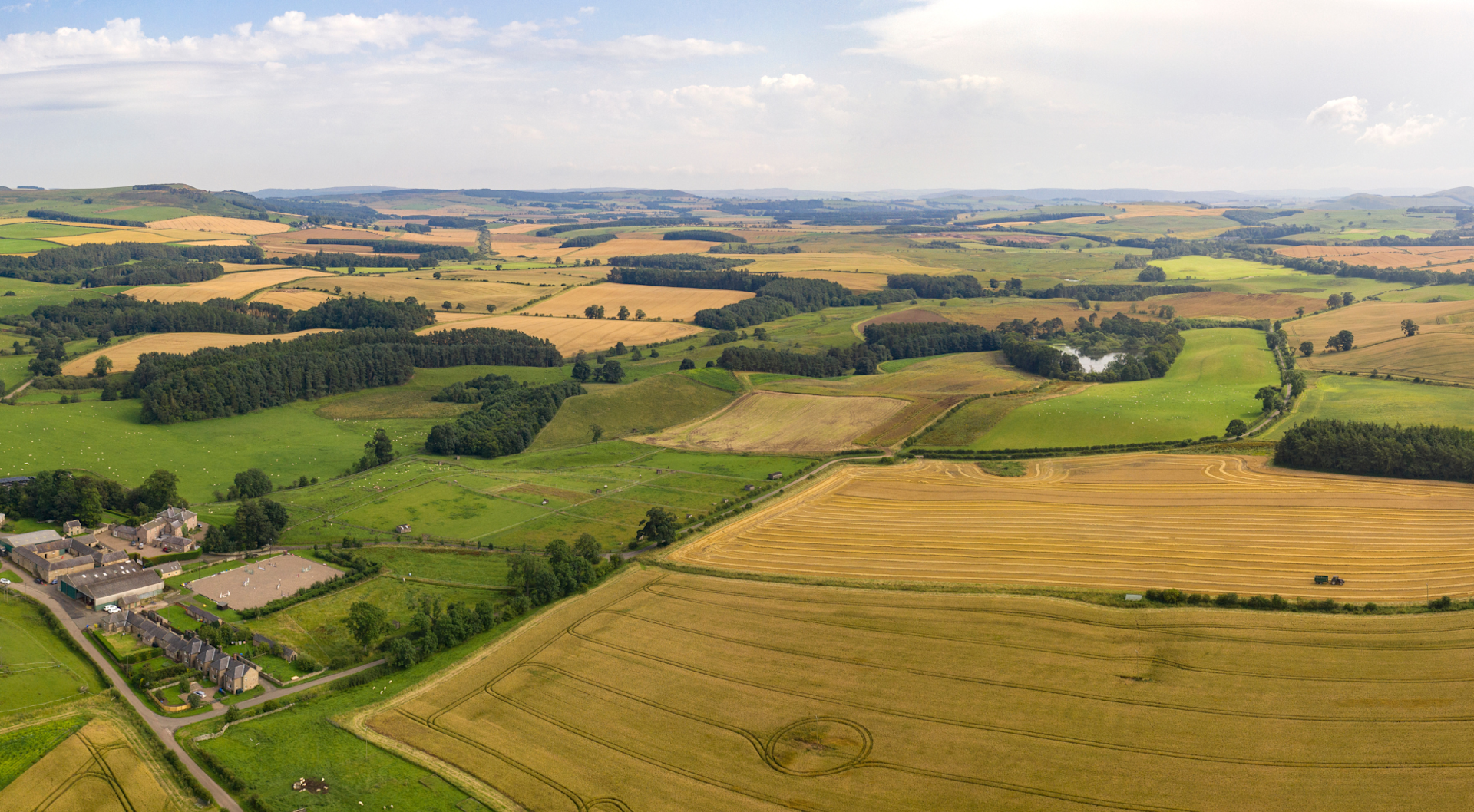
Remote Monitoring
In remote areas or locations with challenging terrain, it can be difficult to access the farmland and monitor crop growth.
A drone in a box can be used to collect remote sensing data on the crops, such as high-resolution images or infrared data. This can provide valuable information to farmers about the health of their crops and allow them to make data-driven decisions on crop management.
Improved Safety
Using a drone in a box can help to minimise the risks associated with manual labour.
Drones can collect data from areas that are difficult or dangerous to access for humans, reducing the need for workers to physically go to these spots.
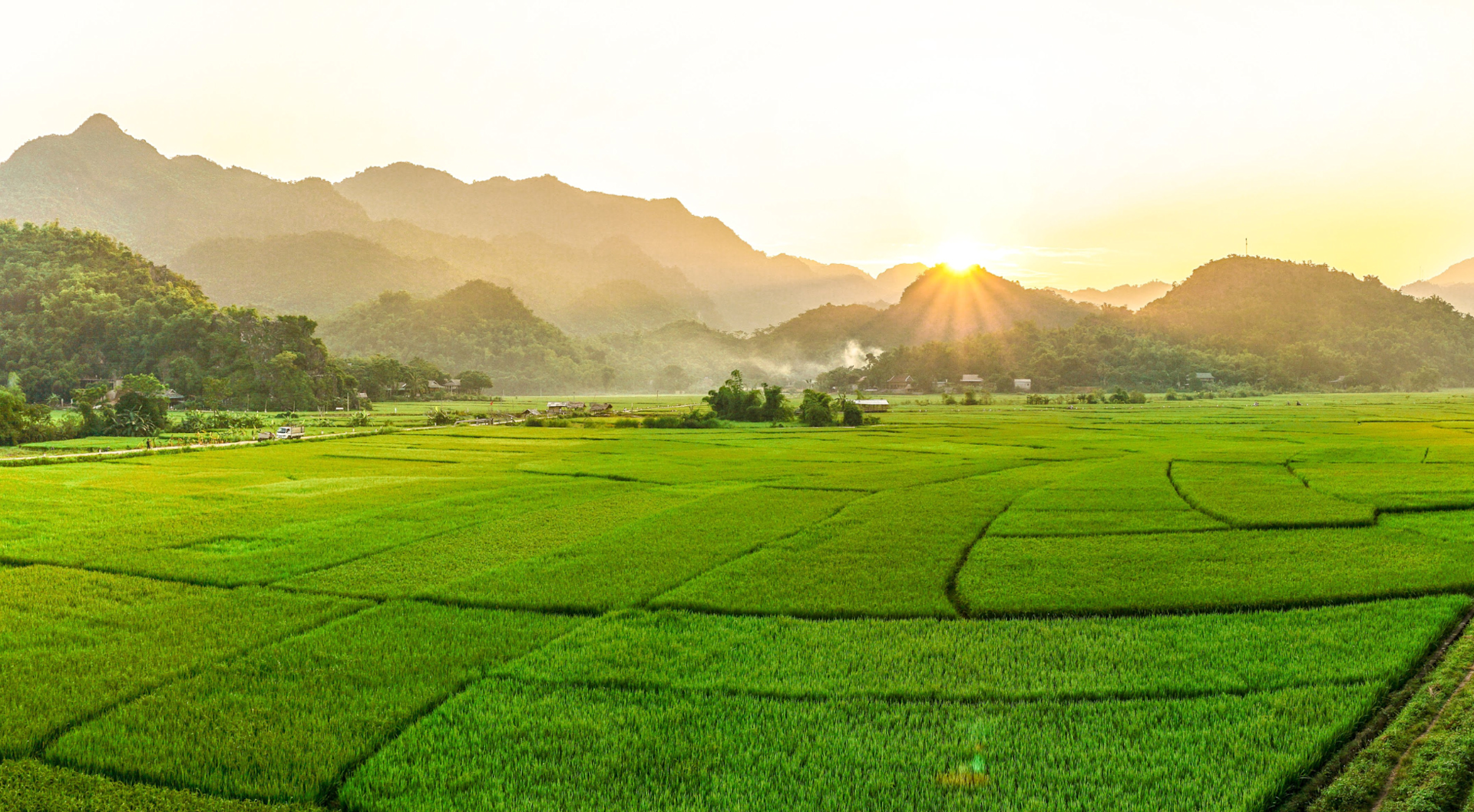
Drones can also reach otherwise inaccessible zones, capturing data which would be missed or unavailable using alternative methods.
A drone in a box can also be used to inspect structures, such as silos or barns, without the need for workers to climb to dangerous heights.
Cost-effective
A drone in a box can be a cost-effective alternative to traditional farming methods.
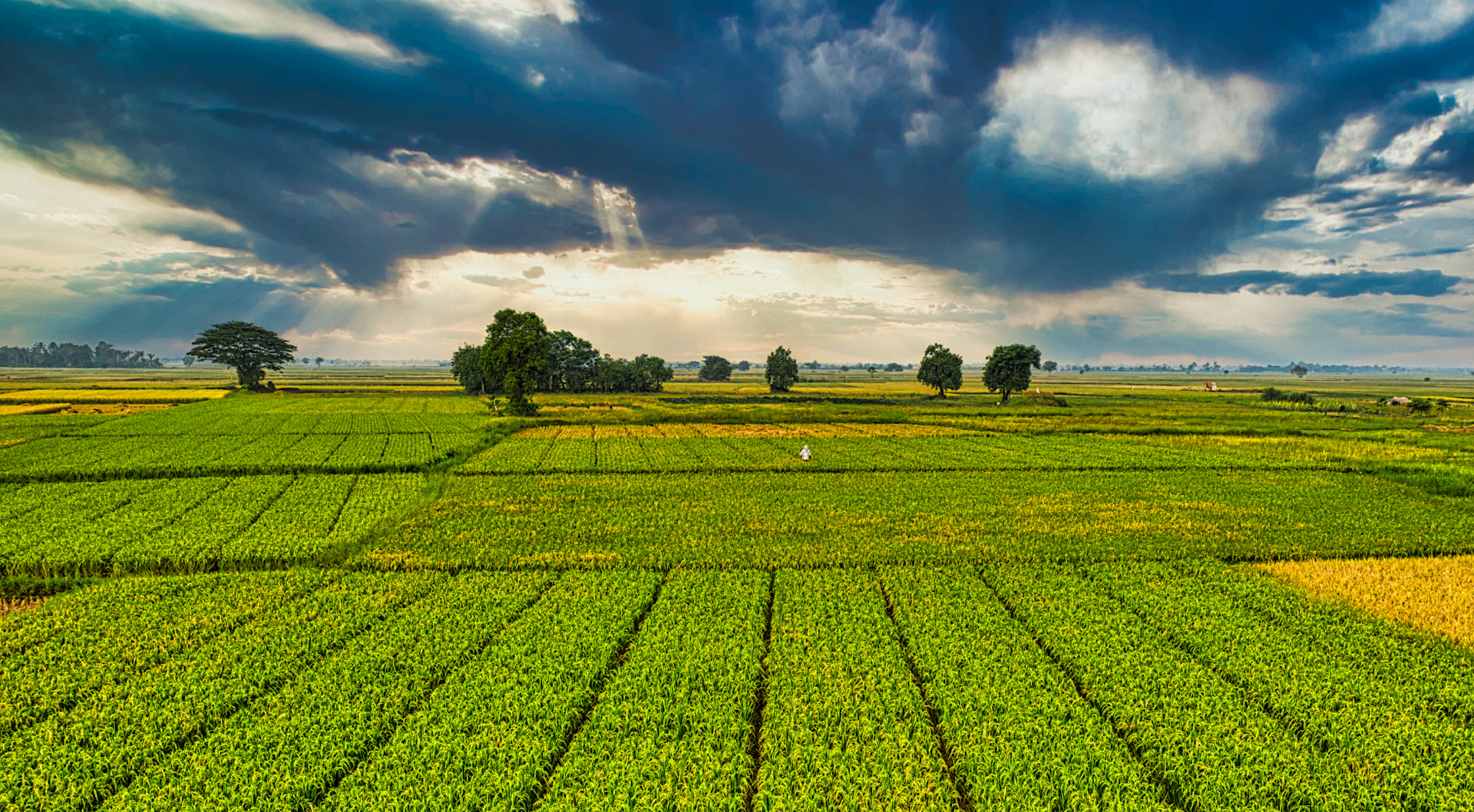
In remote areas, it can be difficult and expensive to hire labour for tasks such as crop monitoring and irrigation. A drone in a box can automate these tasks, reducing the need for manual labour and saving farmers time and money.
Accurate drone data helps to increase yields and spot issues early, which can result in increased productivity and ROI.
Versatile Data Collection - Specialist Sensors
A drone in a box can be equipped with advanced sensors, cameras, and imaging technologies that can provide detailed information on crop health, including moisture levels, nutrient deficiencies, and pest infestations.
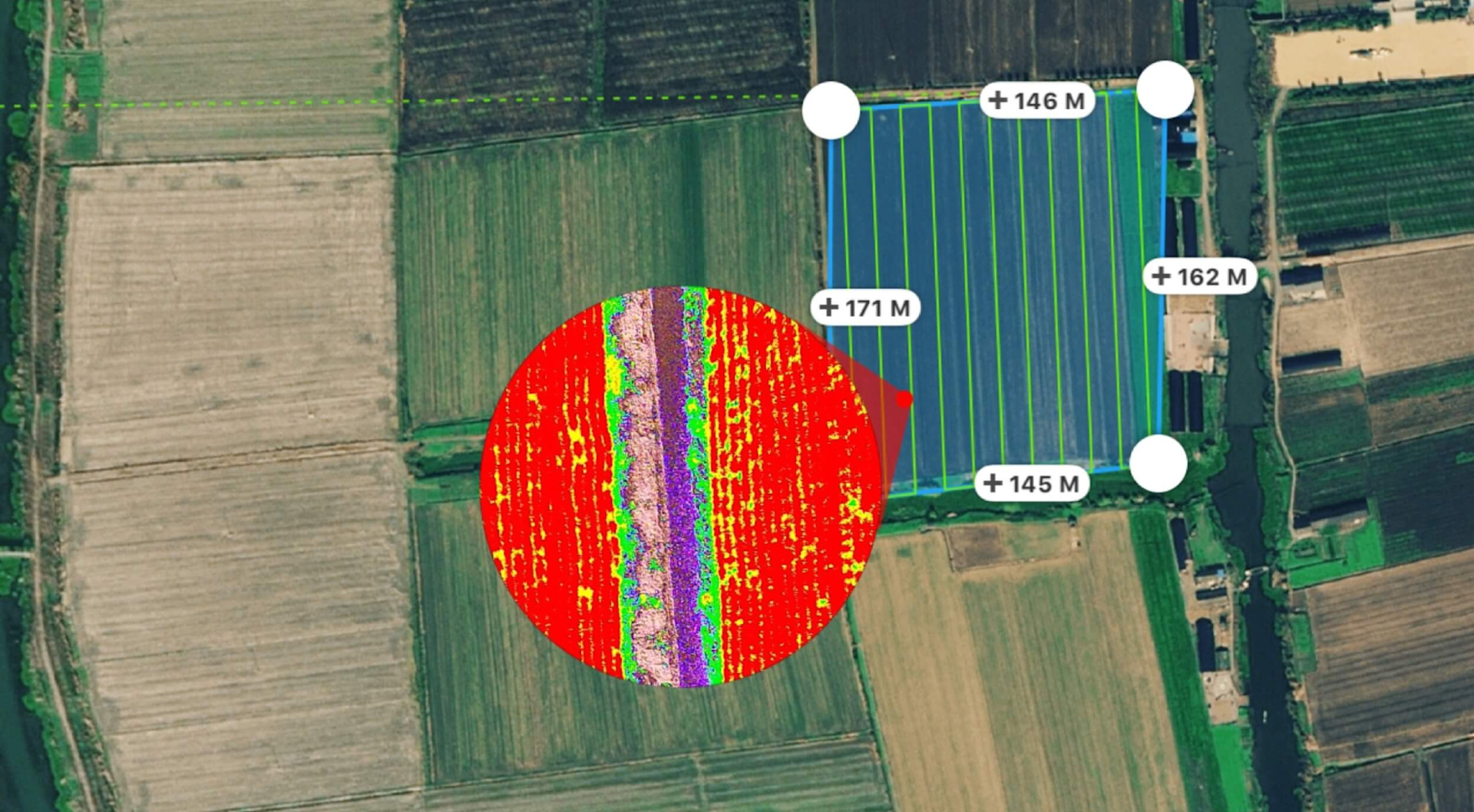
This data can help farmers make informed decisions about irrigation, fertilisation, and pest management, which can lead to increased crop yields.
Environmentally**-friendly And Non-evasive Data Collection**
A drone in a box is a non-invasive method for agriculture because unmanned aircraft can collect data and perform tasks without physically disturbing the crops or the soil.
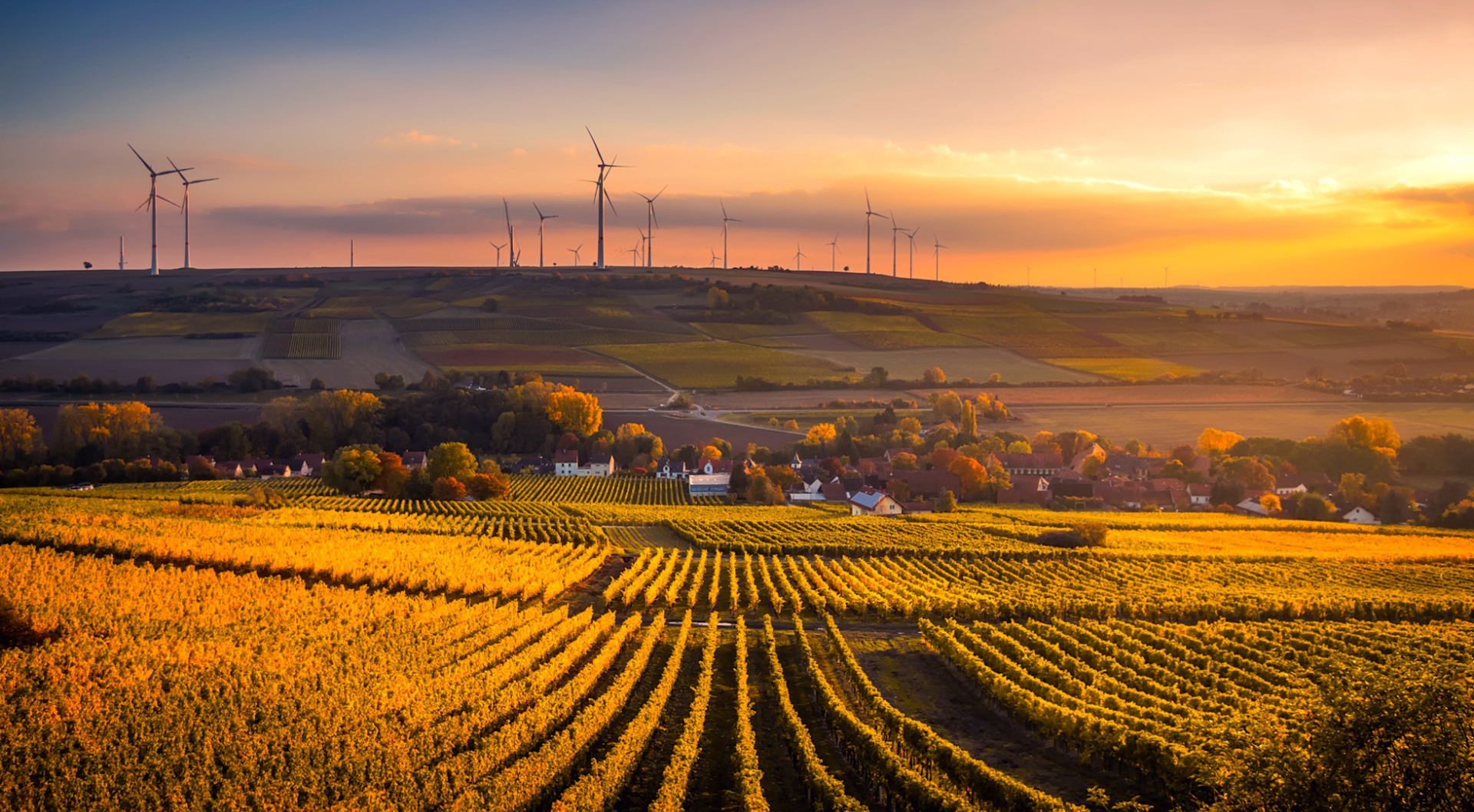
Traditional agricultural machinery like tractors and harvesters can cause soil compaction, which can harm the crops' root systems. Drones are lightweight and fly over the crops, so they don't touch the soil, minimising the risk of soil compaction.
Accurate drone data also helps farmers make more informed, targeted and strategic decisions to reduce the use of fertilisers and pesticides - which is more beneficial for the environment.
Precision Agriculture With A Drone In A Box
A drone in a box can be deployed to benefit a range of applications across the agricultural sector.
Crop Monitoring
Traditionally, crop monitoring involves manual labour and visual inspections, which can be time-consuming, costly, and unreliable.
Drones can provide real-time data on crop health, including moisture levels, nutrient deficiencies, and pest infestations.
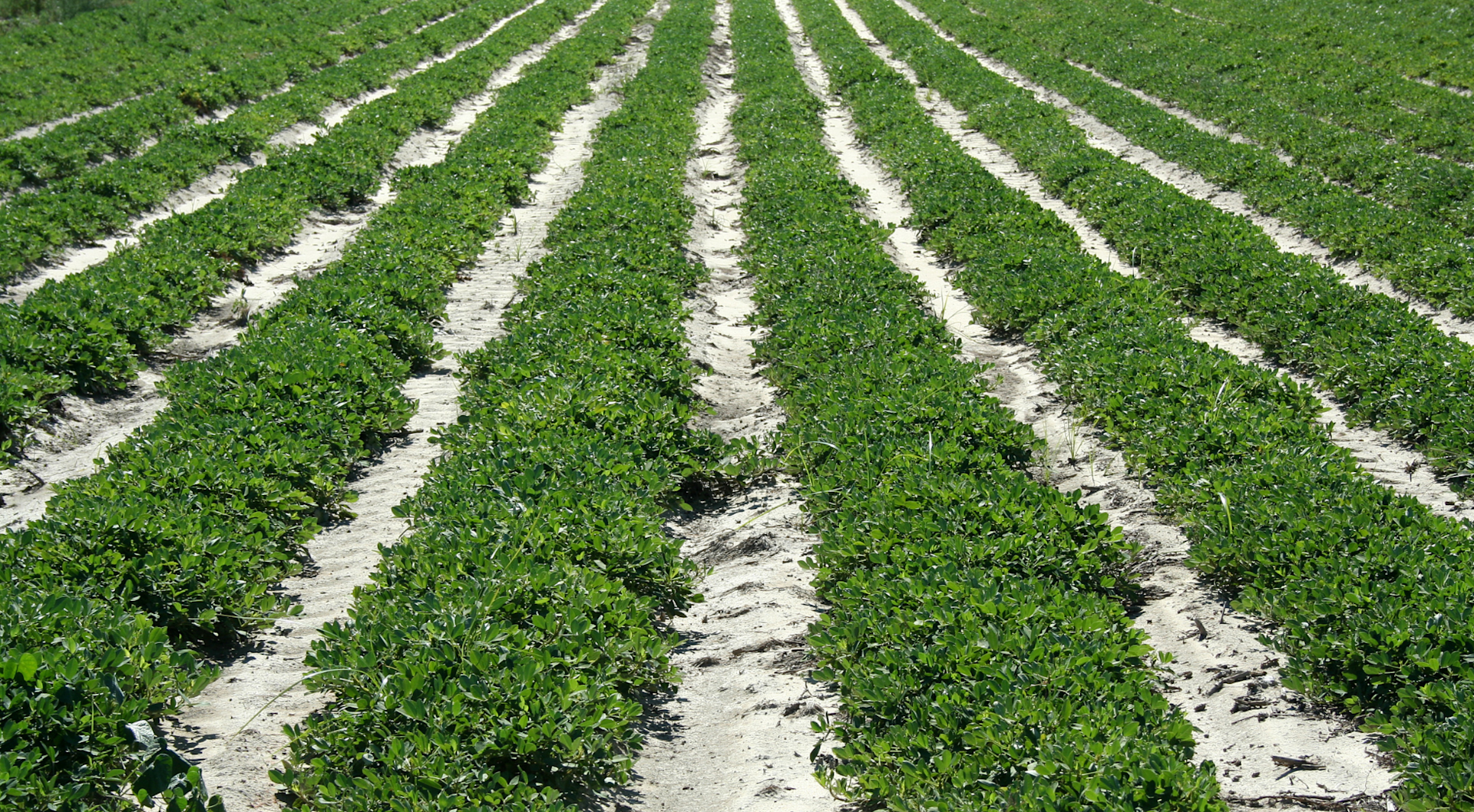
This data can help farmers make informed decisions about irrigation, fertilisation, and pest management, which can lead to increased crop yields.
Mapping And Surveying
Mapping and surveying of farmland is often done manually, which can be time-consuming and expensive.
Drones equipped with high-resolution cameras and imaging sensors can provide detailed and accurate maps of farmland, including soil types, moisture levels, and other factors that can impact crop growth.
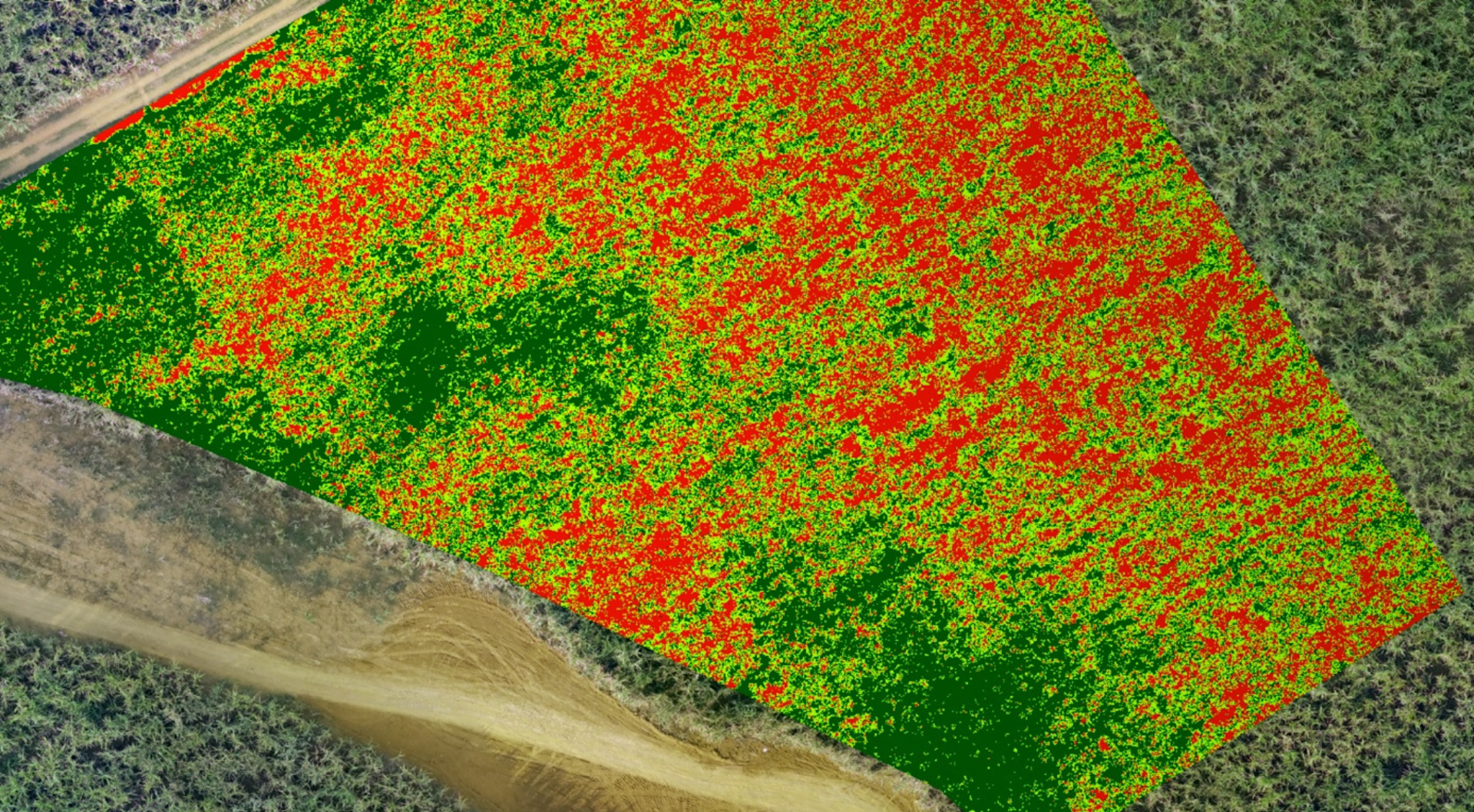
This helps farmers make informed decisions about land use, crop management, and resource allocation.
This can include maps to assist with variable rate seeding or fertilisation, helping farmers apply different levels of seeding or fertilisation across different parts of the field. This precision agriculture technique helps farmers optimise their crop yields while reducing waste and minimising the use of inputs, such as fertiliser.
This data can be used to target specific areas by deploying drone spraying techniques. heliguy™ has partnered with Drone Ag to deliver a dedicated DJI Agras drone spraying course.
Irrigation Management
Irrigation is a critical aspect of agriculture, but it can be challenging to manage. Drones can provide real-time data on moisture levels and soil conditions, which can help farmers optimise their irrigation systems for maximum efficiency and crop yield.

Pest Management
Pests and diseases can have a significant impact on crop yield and quality. Drones can be equipped with sensors and cameras to detect pests and diseases, which can help farmers take timely and targeted action to control outbreaks and minimise damage.
Livestock Monitoring
Farmers can use a drone in a box to monitor the health and behavior of livestock, such as checking for injuries, detecting illness, or monitoring the location of animals in the field.
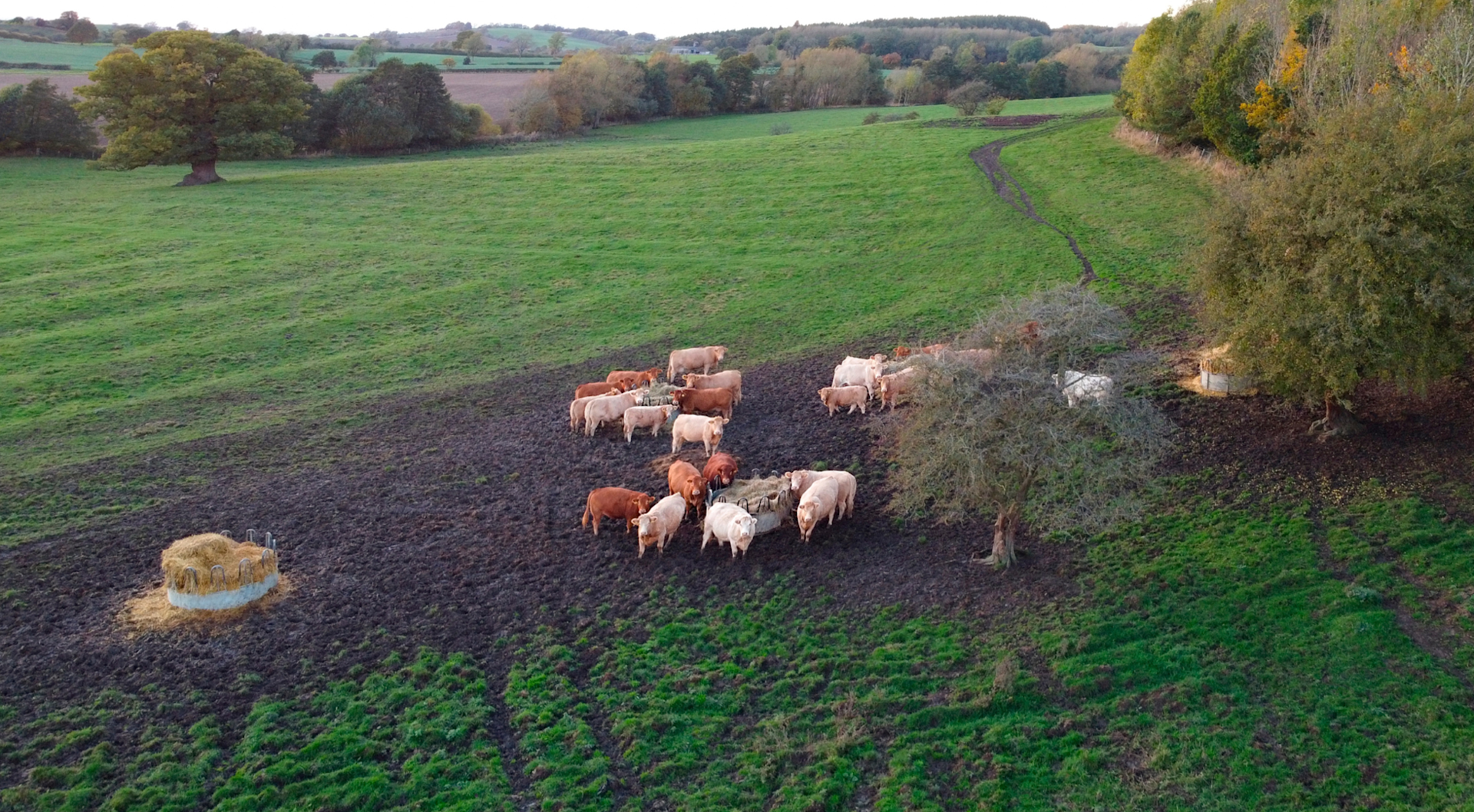
Security and Survelliance
A drone in a box can be used to monitor the farm for intruders or suspicious activity, and provide farmers with real-time information on any emerging incident.
This is particularly useful for farms in remote areas, which can be more vulnerable to theft or vandalism.
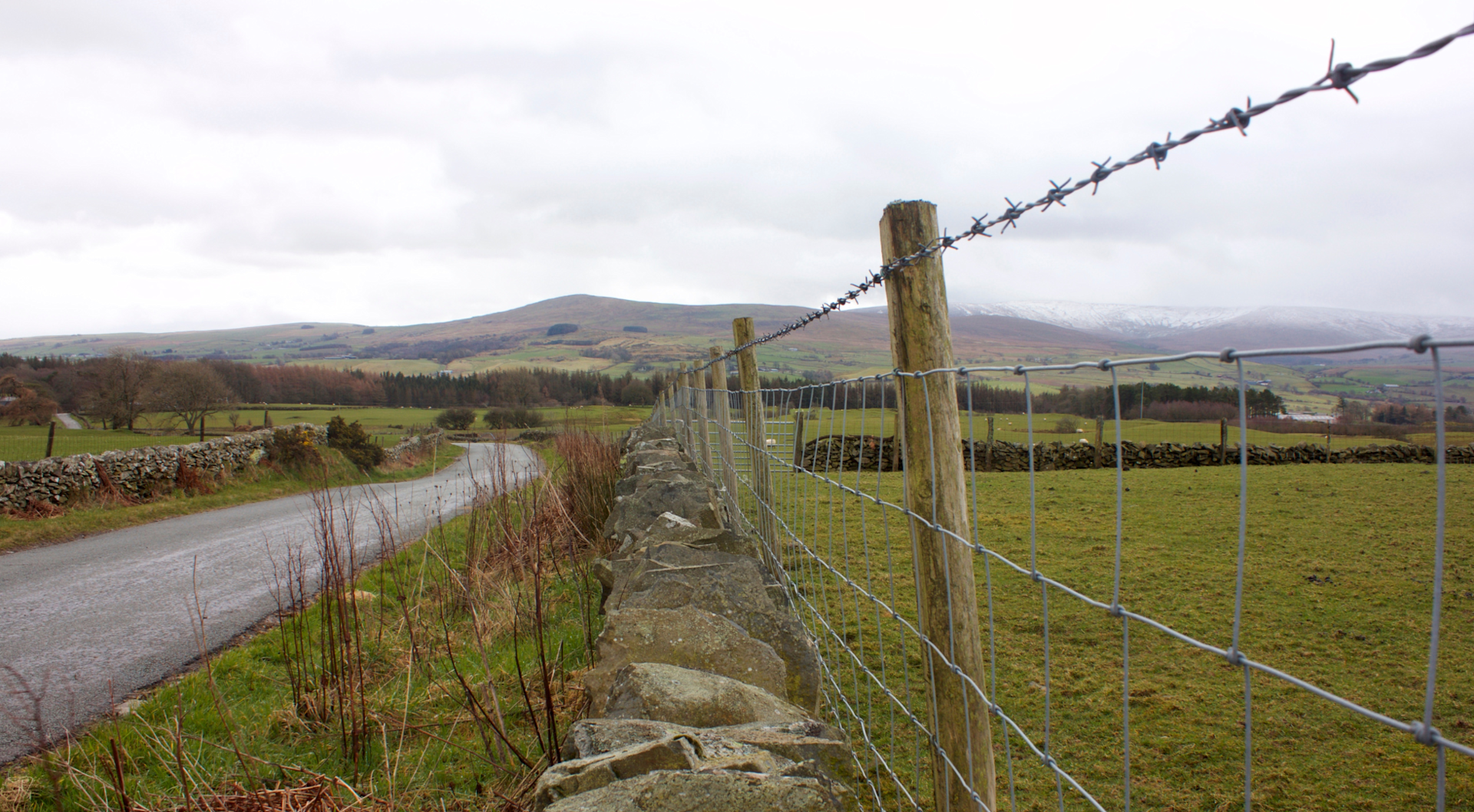
DJI Dock For Agriculture
The case for using a drone in a box for agriculture has been made. So how, specifically, can the DJI Dock benefit the sector?
DJI M30 Drone (Dock Version) - Payloads
The DJI M30 Series (Dock Version) has a multiple camera array which can benefit agriculture in numerous ways:
Wide Camera (12 MP): Visual cameras can be used for crop monitoring, pest detection, livestock monitoring, and security.
Zoom Camera (200x max hybrid zoom): Capture even more detailed imagery with the zoom camera, allowing farmers to detect subtle changes in crop health, such as leaf discoloration or insect damage.
Thermal Sensor (640 x 512 resolution): Use the thermal sensor to identify early detection of crop stress, efficient water management - including optimising irrigation systems - and livestock monitoring.
Laser Rangefinder: (3****m-1200m): Obtain accurate measurements of distance, which can help farmers map their fields and track crop growth over time.
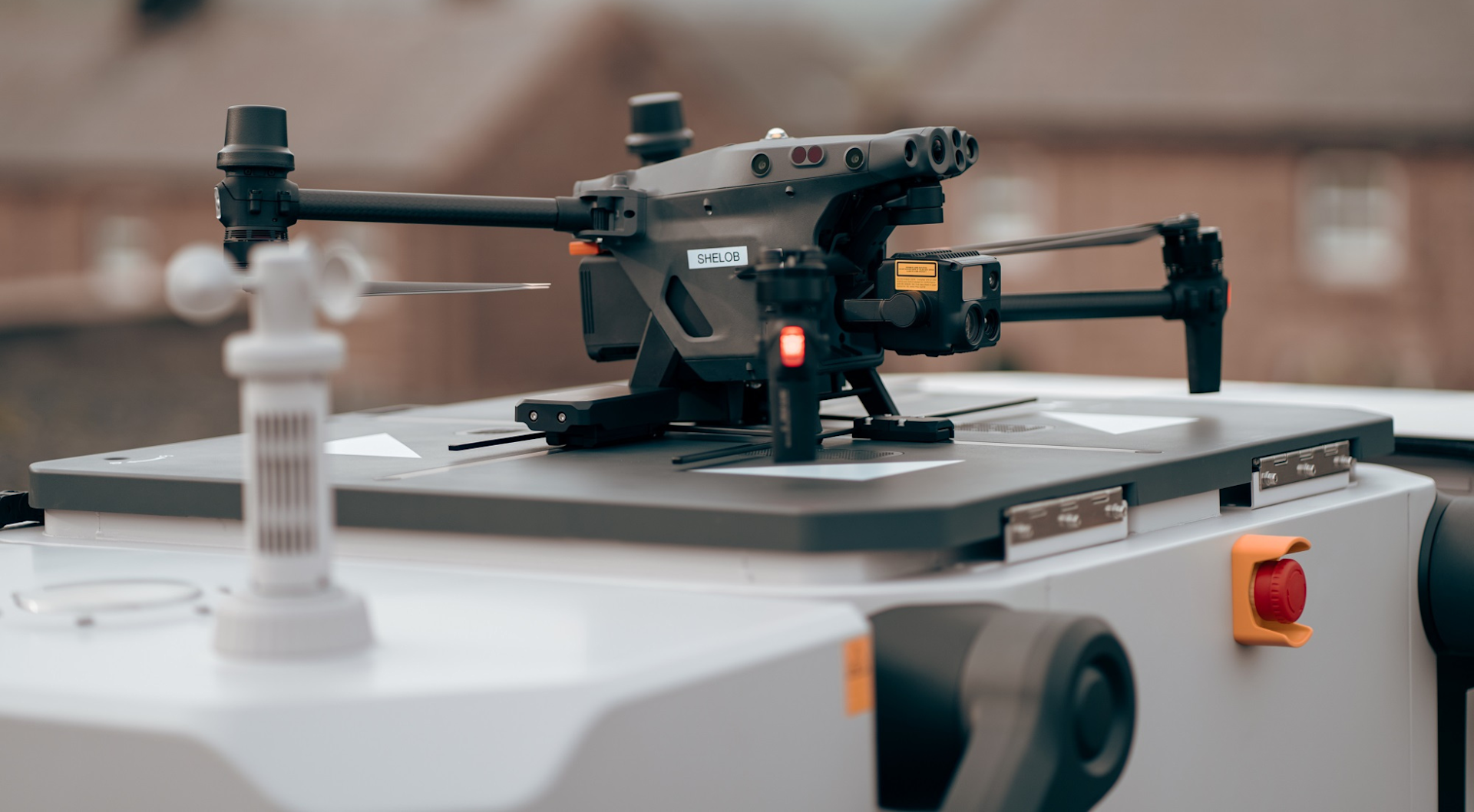
Weatherproof: Rugged and Reliable
The DJI Dock is IP55 rated (its core elements are IP67), it has an operating temperature of -35°C to 50°C, and the drone can withstand wind speeds of up to 15m/s.
Other features include:
Power-failure Protection: Built-in backup power supply which supplies power for five hours after a power failure so the drone can return safely.
Lightning Proof: The Dock is equipped with a surge protector which can prevent 40KA (8/20us) induction lightening.
Integrated Weather Station: Knows when the conditions aren't safe for the M30 Series (Dock Version) to fly.
The Dock's rugged and reliable features extend the operational envelope and ensure that it can be left outside in the field.
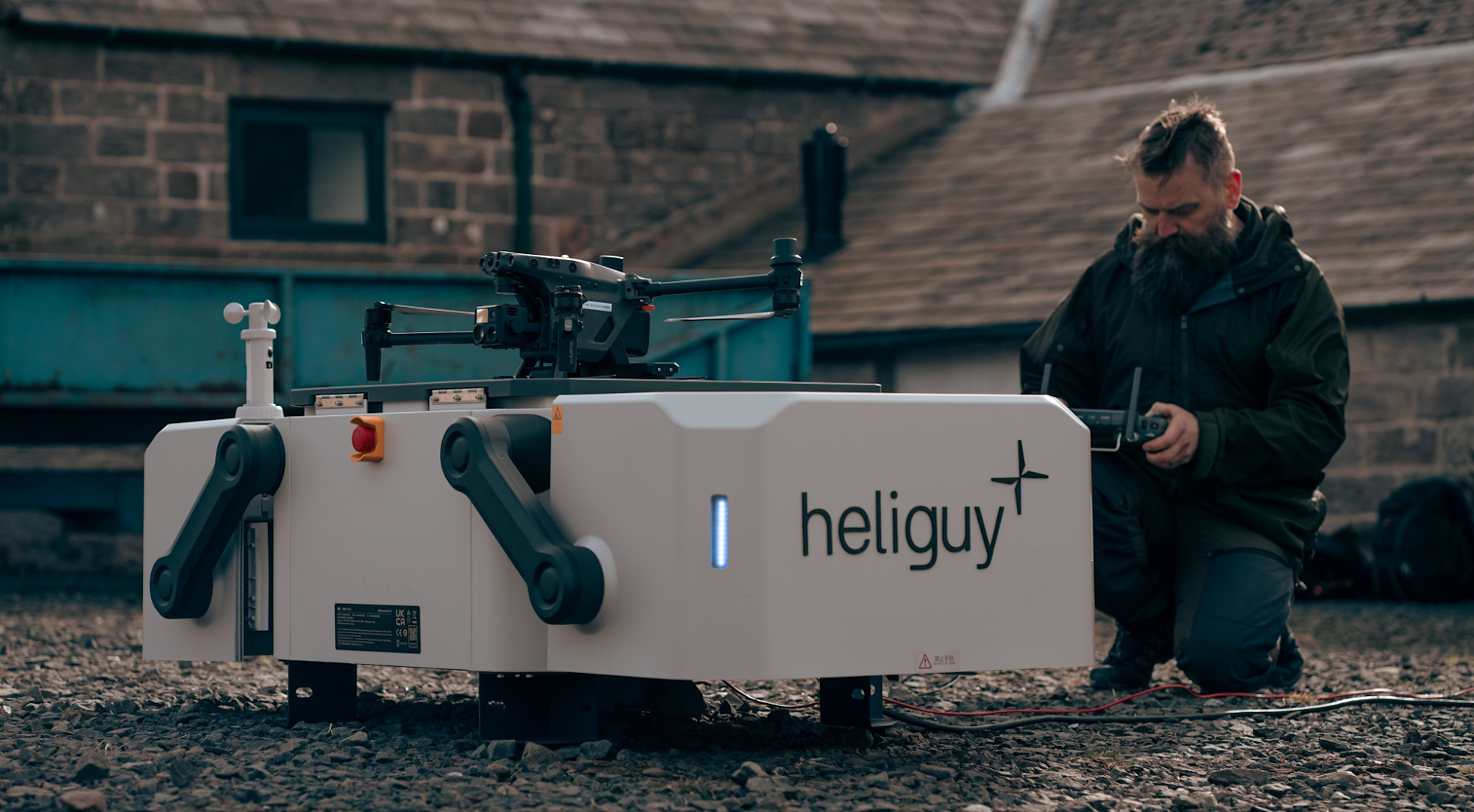
Rapid Deployment
The DJI Dock's fast-charging capabilities enable rapid and almost constant deployment. Charge from 10-90% in just 25 minutes.
This is useful for agriculture applications, providing the ability to collect data on-demand.
Cloud Management
DJI Dock can be controlled remotely via the DJI FlightHub 2 platform. Schedule missions, create and edit flight routes, and manage the collected data.
To find out more about FlightHub 2, read our Key Features Of DJI FlightHub 2 Drone Management Software blog.
DJI Dock Extensibility: API
Cloud API opens up Dock functionality to developers and system integrators, who can set up a custom, private server.
This enables developers to create and roll out custom solutions geared specifically to the agriculture industry, for instance.
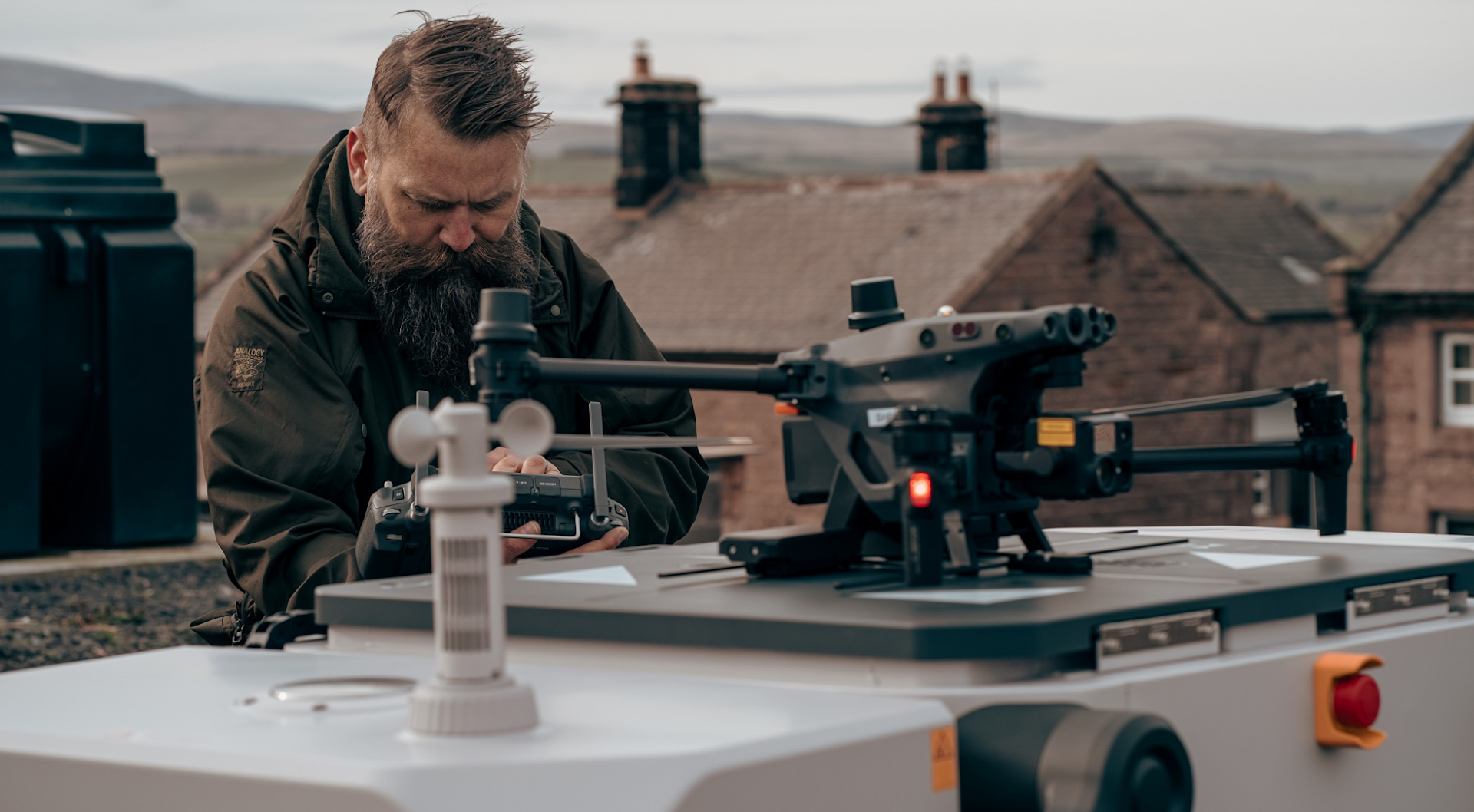
DJI Dock Drone In A Box vs Traditional Drone Deployment For Agriculture
Drones have major advantages for the agriculture sector. But a drone in a box provides additional benefits compared to traditional drone deployment.
Traditional Method
Current drone operations meet a number of challenges:
Labour cost of pilot teams;
High operation skills required;
Subject to pilot availability.
Drone In A Box
The DJI Dock overcomes these challenges.
Remote operations without pilots on site (local rules may currently limit this capability);
Fly on-demand: Scheduled flights or spontaneous deployment;
Automated operations.
Drone In A Box: Rules In The UK
So, what are the legal considerations when deploying a drone in a box in the UK?
As things stand, there is nothing stopping operators from flying a drone from a box. But there are limitations.
Organisations who do not yet have BVLOS (Beyond Visual Line of Sight) permissions will first need to operate VLOS (Visual Line of Sight).
For more details about working towards BVLOS permissions, including obtaining an OSC (operating Safety Case) and the current state of play regarding BVLOS operations in the UK, read our DJI Dock: Building Your Safety Case And UK BVLOS Pathway blog.
Summary: Drone In A Box For Agriculture
Using drones for agriculture is becoming a common trend. And a drone-in-a-box, like the DJI Dock, is an innovative solution which further extends the benefits of deploying drone technology across the agricultural sector.
These docking stations offer numerous benefits, including automated data collection, precision agriculture, security and surveillance, and increased efficiency in remote or inaccessible areas.
As such, they are a powerful tool to help farmers optimise their operations and promote sustainable practices.
heliguy™ is a DJI Dock partner. Contact us to find out more about the DJI Dock and how heliguy™ can support your adoption of this drone in a box solution, including training (such as OSC consultancy and EVLOS/BVLOS training), installation, and site planning.
